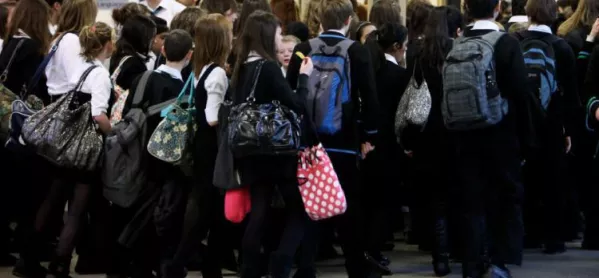More than half of local councils in England will be unable to meet demand for secondary school places by 2023-24, the Local Government Association (LGA) has claimed.
According to an analysis of government data, 13 local authorities will face a secondary school place shortfall in 2019-20, rising to 25 in 2021-22, and 46 by 2022-23.
By the 2023-24 academic year, 76 councils are predicted to be unable to meet demand - some 52 per cent of the 135 councils covered by the analysis - meaning that nearly 134,000 pupils could miss out on a place.
While there are 152 local authorities in England with education responsibilities, the 17 that have middle schools have been excluded from the calculations because such schools can be classified as either primary or secondary schools, which would make the data unreliable.
Anntoinette Bramble, chair of the LGA’s Children and Young People Board, said that England was facing “an emergency in secondary school places where the number of pupils is growing at a far faster rate than the number of places available”.
“This is why councils need to be given the powers to help solve this crisis,” Ms Bramble said. “As a starting point they should be allowed to open new maintained schools and direct academies [and free schools] to expand.
“It makes no sense for councils to be given the responsibility to plan for school places but then not be allowed to open schools themselves.”
Local authorities have successfully created an extra 600,000 primary school places since 2010 by expanding existing council-maintained schools. However, with two thirds of secondary schools now academies, the LGA says councils have very limited ability to fulfil their statutory obligations to provide school places.
Assuming that no new schools are built, the LGA analysis suggests that the number of children at risk of not having a secondary school place will increase from 9,751 next year to 133,926 by 2023-24 - an increase of more than 1,273 per cent.




